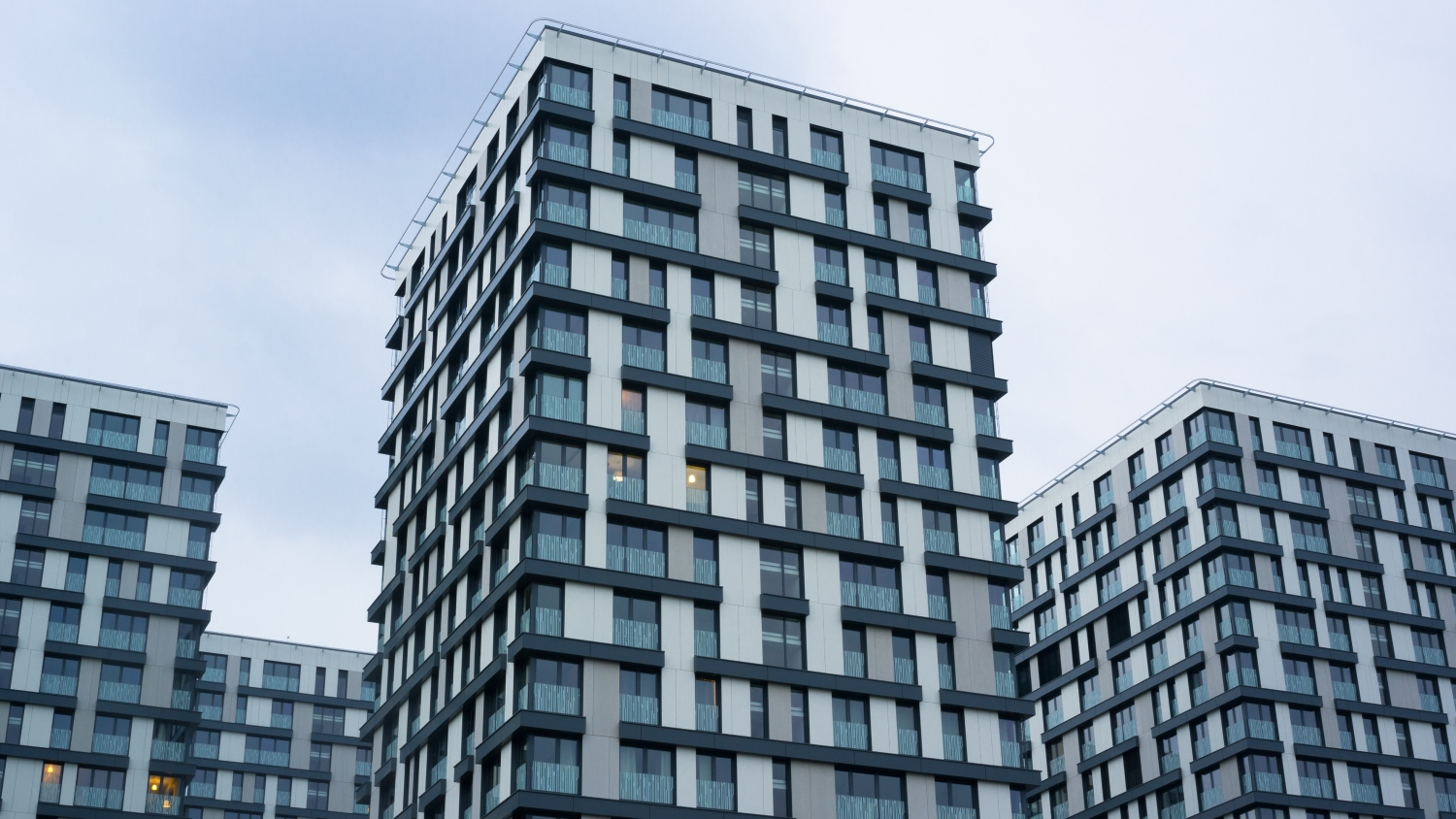
The commercial real estate investment market in the Czech Republic is stagnating. Analysts see the year 2023 as a challenging year. However, the market was dominated by domestic capital last year and there is still a mismatch in the expectations of buyers and sellers, according to a Knight Frank report.
Key findings:
- Investment volume in Q4 was €330 million and €2.03 billion for the full year.
- Domestic investors held a 42% share of investment in the final quarter of last year, as did capital from the US. For the full year, however, domestic capital dominated the market with a 51% share.
- Yields on premium real estate continued to increase slightly, although at a lower rate than those on government bonds.
- The mismatch in expectations between buyers and sellers in the market persists. Several transactions were postponed or cancelled altogether as buyers started to demand discounts at the last minute, despite previous long negotiations.
During Q4, the volume of commercial real estate investments exceeded €330 million. This confirms the slowdown in the market, as it was the smallest quarterly investment volume in 2022. In a year-on-year comparison, the investment volume reached €2.03 billion, 8% more than in the previous year. However, excluding transfers within the owner's ownership group and pre-sales in both years, investment volume was €1.67 billion, down 6% year-on-year.
"While the 2022 figures point to a good result for the Czech investment market, there are growing concerns that the year ahead will be challenging. Some sellers will be forced to admit that the market has been overvalued, particularly due to the sharp increases in interest rates caused by the central bank's efforts to tame inflation. As the cost of euro-denominated funding has also already exceeded the 5% threshold, yields will have to be adjusted upwards. Financing in crowns will become even more expensive and yields will have to approach double digits to make sense for investors," comments Richard Curran, Director of Knight Frank, on the current situation in the commercial real estate market.
In Q4, logistics and manufacturing properties attracted the most investor interest with a share of 60%, followed by retail properties with a share of 21%. As in previous quarters, this was mainly shopping parks and supermarkets. On a year-on-year basis, retail properties were the largest investment contributors: with a volume of over €610 million, they attracted 30% of all investments, followed by offices with a 27% share, manufacturing and logistics attracted 22% of investors and mixed-use properties had a 16% share.
"We expect to see increasing demand for institutional rental housing and logistics facilities. Offices will be stable. In retail, as in the last two years, demand will be mainly for shopping parks and stand-alone large stores. On the other hand, shopping centres and high street stores may see growing investor concerns due to the current economic situation, which will most likely have an impact on prices so that this product will also attract buyers," Curran outlines the possibilities for future developments.
While during Q4 the largest share of investment capital was split evenly between the US and the Czech Republic (each with 42%), local capital dominated the year-to-date comparison with 51%. This was followed by the US (13%), Slovakia (11%), Austria (9%) and Germany (7%). These investors will continue to fuel the market over the next 6 to 12 months. They will also look for opportunities where there are problems with refinancing properties at higher interest rates or funds struggling with their liquidity," Curran adds.
Significant investment transactions
In Q4, we did not record any large transactions above €100 million. Thus, the largest transactions were the pre-sale of Logport Prague West by Invesco (forward contract) and the purchase of the next phase of Ostrava Airport Multimodal Park 2 by EQT Exeter. Although the purchase prices for both properties remained undisclosed, we estimate that the transaction value for both exceeded the €50 million mark.
Three of the four largest transactions of the year took place in the first quarter. The last of the largest ones took place in Q3, but it was a non-standard deal, a transfer of real estate within the portfolios of related companies. As the months went by, there was an increase in uncertainty in the market, which was reflected in investment activity.
Expectations for future developments
For 2023, we expect market demand to be driven mainly by a relatively strong base of domestic investors as they have a better understanding of the local market. At the same time, as long as they have sufficient cash of their own, they are able to close deals even in a market that provides deteriorated financing conditions. In particular, we expect a significant drop in trading in the first half of the year as the market has to accept the new reality of higher yields.



